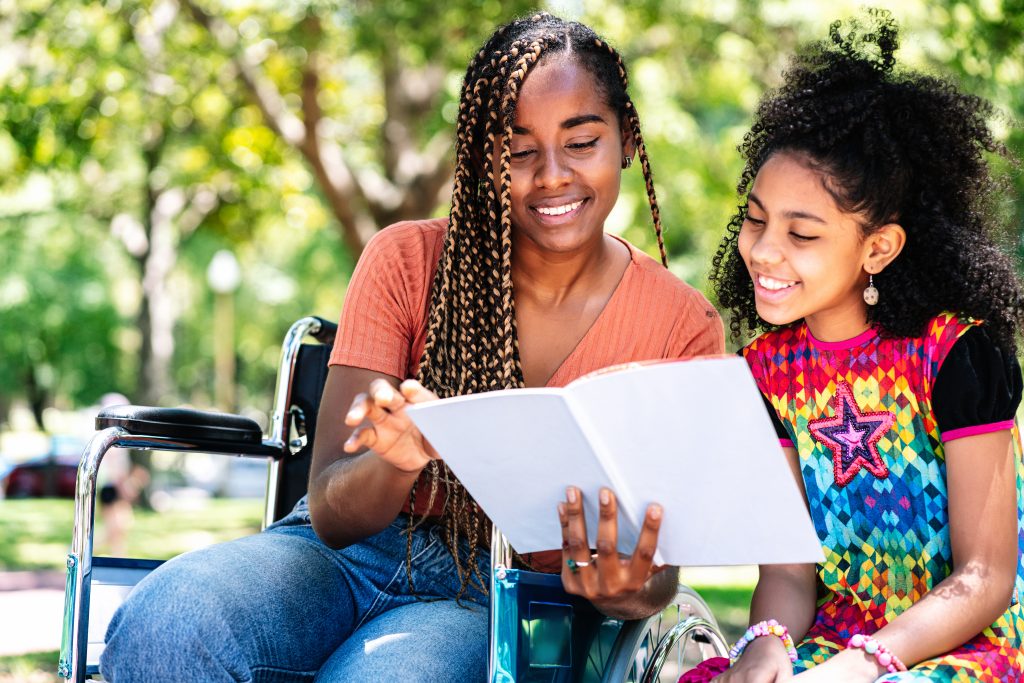Introduction
This is a tragedy and a denial of rights on a massive scale. In 2005 the world missed the first target agreed within the framework for the Millennium Development Goals (MDGs): to eliminate gender disparity in primary and secondary education by that year.
Although civil society organizations and educationalists protested, the omission passed with little comment or attention from the global community as a whole.
Since that date, continued progress has been made at least in the sphere of primary education, with disparity in enrollments gradually shrinking such that girls now represent 53% of out of school children, a marked improvement against the position at the start of the decade when 60% of out of school children were girls (UNESCO 2000). Similarly, the global Gender Parity Index (GPI) in national enrolment rates (NER) which reflects the ratio of girls to boys in primary education now stands at 0.98, a significant shift from the 0.93 of twelve years ago (UNESCO 2000).
Despite the presence of more girls in the classroom, millions of girls around the world continue to face discrimination, violence, neglect, exploitation and abuse. Whereas education can play an emancipating role in empowering and equipping girls with the same life chances as boys, systemic discrimination against women and girls conspires to keep many of the most marginalized females from entering school, learning fundamental skills and pursuing post-primary education.
In many countries, the role of women is defined in terms of the domestic, un-remunerated work they do to keep households running, and their reproductive role in the family. Economic dependence on men, lack of participation in public spheres such as local governance structures and the labour market, physical and sexual violence and socio-cultural definitions of the ‘appropriate’ role of women all intersect to systematically deny women and girls equal rights — including the one right which has the most chance of transforming their power and self-determination: education.
Strong government plans, backed by resources, must be the centrepiece of efforts to achieve gender equality in education. All governments should conduct a gender audit of national education strategies. This must be complemented by gender-responsive budgeting to ensure that policies and plans to promote and foster girls’ right to education are fully-funded.
All government plans should address the following:
- Governments should conduct a gender audit of national education strategies, complemented by gender-responsive budgeting to ensure that policies and plans include:
- Progressive elimination of the cost barriers preventing girls from completing primary school and progressing to secondary and tertiary. This should include abolition of fees and other charges and demand-side measures such as stipends, school feeding programs and subsidized or free transportation to school.
- Improvements in the school infrastructure, such as building separate latrines and ensuring secure school premises.
- Recruitment policies that ensure balanced representation of men and women in the teaching profession.
- Measures to eliminate gender bias and stereotypes in teaching and learning, such as ensuring positive representation of women in textbooks, and training in gender-equitable classroom practice.
- Laws and practices to eliminate and properly address all forms of gender violence within schools.
- Tracking of progress against equity-based targets for enrolment, progression and learning in a way that dis aggregatesdata by gender, age, grade, wealth, and location, among others.
- Governments should be open and transparent in their budgeting and planning processes and especially engage women’s groups as part of their commitment to broad-based civil society participation in education sector planning and budget oversight.
- Governments must also table and enact laws to prohibit discriminatory practices in school administration, such as exclusion on grounds of pregnancy or child marriage.
While the main locus of change in the quest to achieve gender equality in education is the State, the role of international institutions remains vital.
The global community must actively engage in efforts to secure equal rights to, in and through education for girls and boys.
- The United Nations Secretary-General should convene a high-level event at the UNGASS in September 2011 to raise political awareness of the enduring challenge in gender equality in education, and set out a global strategy to ensure that concrete action is taken to up-scale interventions to achieve gender equality in education at all levels.
- The high-level event should establish a process for eliciting new commitments to achieve gender equality in education which should report back in 2012.
- The IMF and Ministries of Finance should ensure that macroeconomic modelling, advice and policy making are gender sensitive and account for the disproportionate burden on women of public sector spending
- The World Bank should ensure that all agreements with and operations in client countries are gender sensitive, and that the new Learning for All strategy prioritizes gender parity in access and learning throughout all levels of
- All education donors should make robust 3-year commitments to the FTI replenishment, while scaling up their bilateral support in alignment with agreed gender targets in primary and secondary school, including the progressive elimination of all cost-barriers to education. Bilateral support needs to be predictable and should be targeted towards regions and countries where girls are disadvantaged relative to boys.
- The international community should create an International Commission on Rape and Sexual Violence to provide monitoring and legal redress for girls living with the trauma or threat of sexual violence.
- Pursuit of the goal of gender parity in enrolment has obscured the need for balanced attention to, and investment in, policies that will ensure that girls can stay in school and acquire the learning they need to empower them throughout life. The post-MDG framework should include comprehensive targets that address governance and implementation issues, as well retention, completion and learning for girls and boys.








